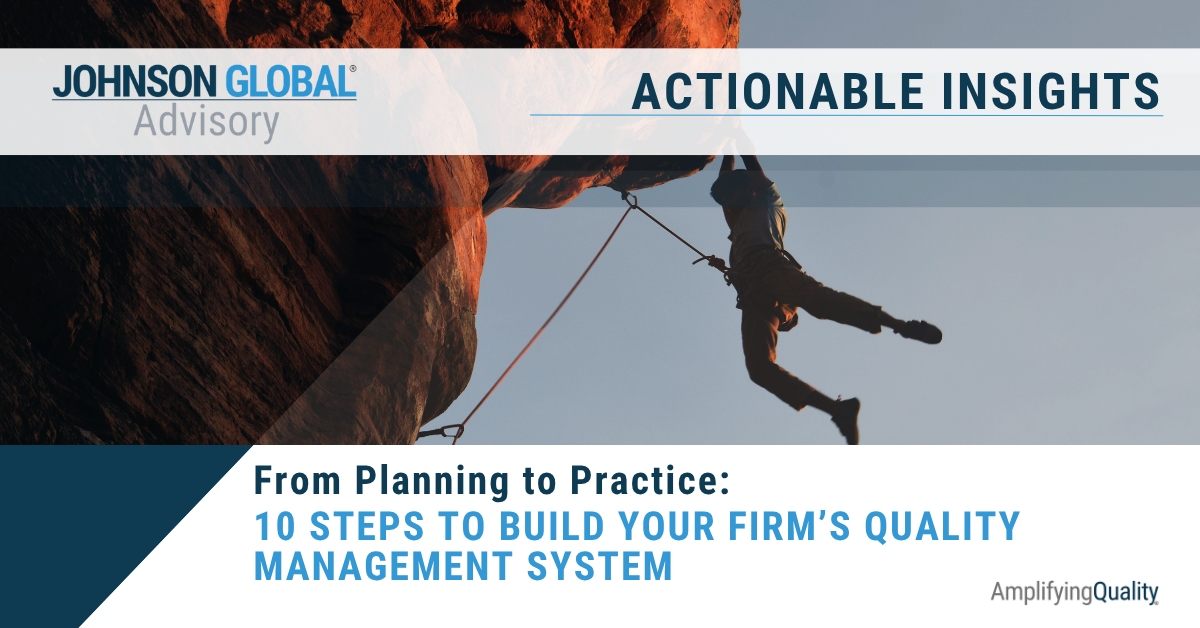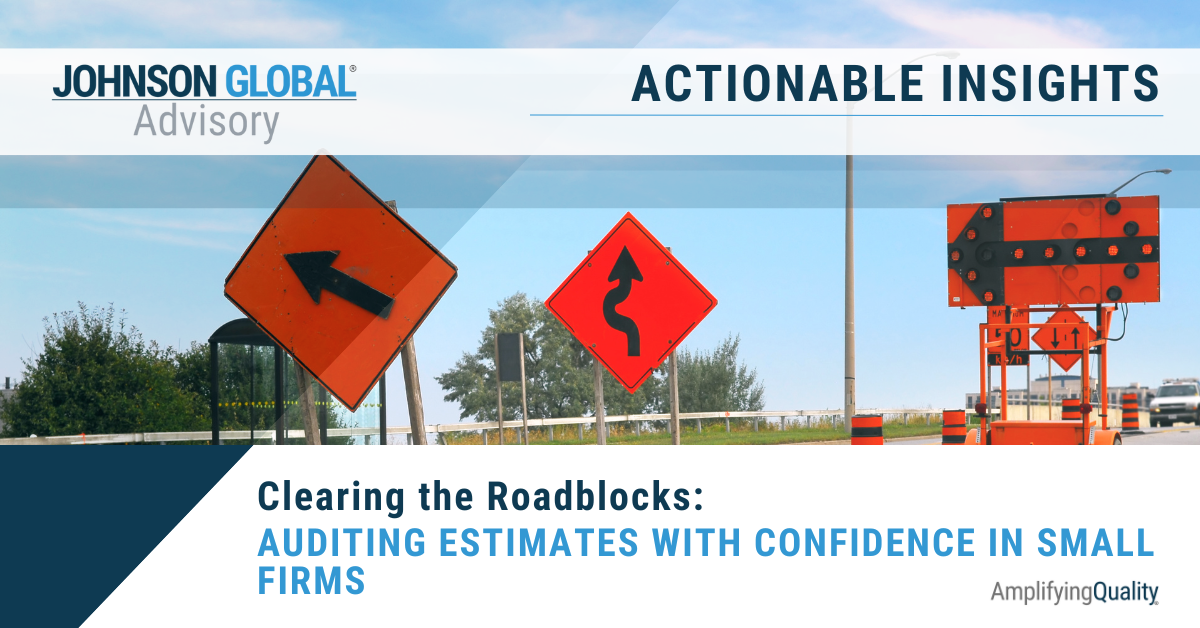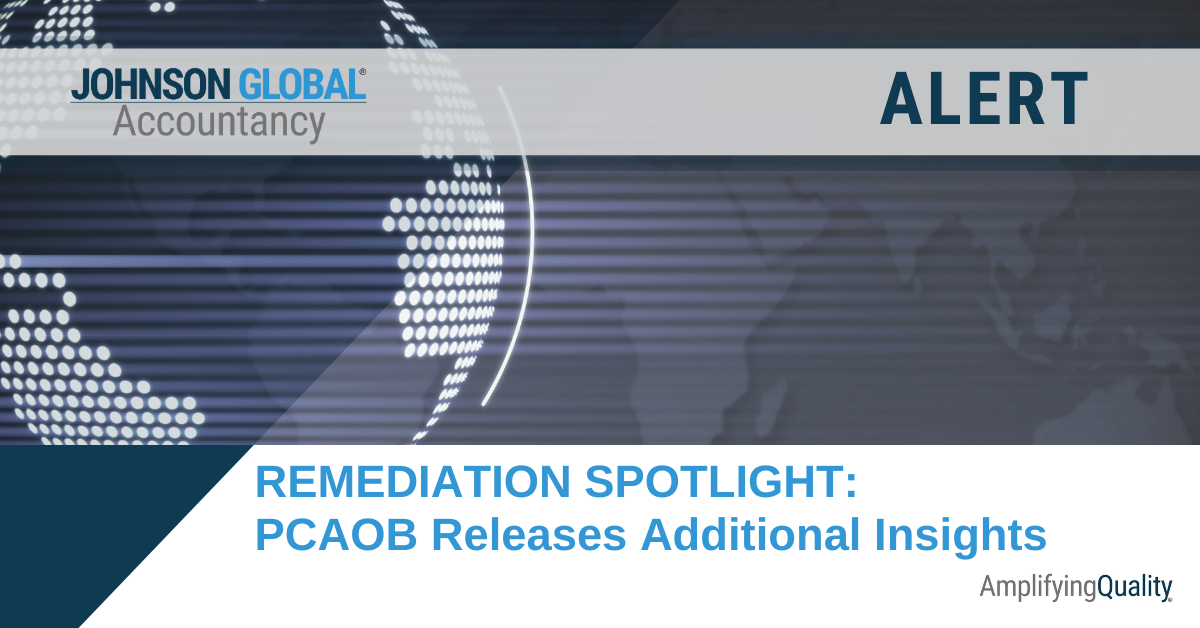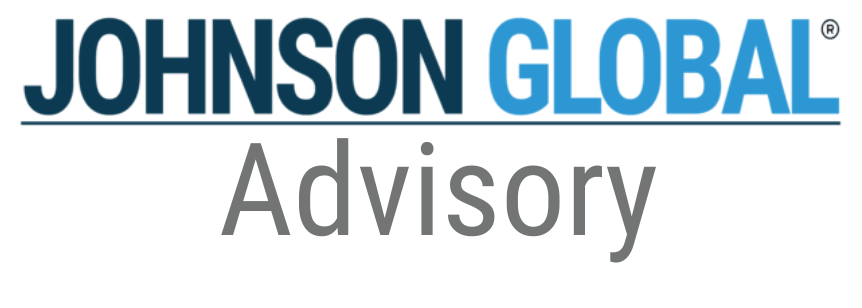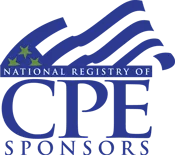By Jackson Johnson
•
September 30, 2025
Introduction Auditing accounting estimates has long been one of the most judgment-intensive and inspection-prone areas of the audit. For smaller firms, the challenge is even greater due to limited resources and evolving regulatory expectations. At JGA , we’ve worked closely with firms navigating these complexities and have identified three critical areas where auditors can strengthen their approach and reduce risk. What’s Recurring and What’s New: Insights from PCAOB’s Latest Audit Focus The PCAOB’s recent Audit Focus¹ underscores persistent deficiencies in how auditors evaluate accounting estimates. Common issues include failure to identify significant assumptions, reliance on inquiry or simple recalculations, and inadequate testing beyond vouching to internal or external data. These recurring gaps continue to surface in inspections of smaller firms. What’s new is a sharper emphasis on critical accounting estimates—those with high uncertainty and material impact. Auditors are now expected to understand how management analyzes the sensitivity of assumptions to other likely outcomes and to incorporate that understanding into their evaluation of bias and reasonableness. Additionally, the PCAOB highlights good practices such as updating internal guidance, enhancing EQR partner reviews, and aligning audit programs with the standards. Key Takeaways and Our Recommended Action Items 1. Evaluate the Reasonableness of Significant Assumptions What the PCAOB said: The PCAOB continues to observe recurring deficiencies in how auditors evaluate significant assumptions used in accounting estimates. Common issues include failing to identify key assumptions, relying solely on inquiry or recalculations, and not assessing whether assumptions are consistent with external factors like market conditions or industry trends. Auditors are expected to evaluate assumptions both individually and in combination, and to consider management’s intent and ability to carry out specific actions when assumptions are forward-looking². JGA’s reaction: In our article “Like Making Concrete out of Jell-O”², we described the inherent difficulty of auditing estimates that are subjective, uncertain, and often based on future projections. We emphasized that auditors must go beyond surface-level validation and challenge management’s assumptions with rigor. In “An Update for Unprecedented Times”³, we noted that economic volatility has made assumption testing even more complex, requiring auditors to evaluate whether recurring assumptions still hold in today’s environment. JGA’s recommendation: Firms should implement structured assumption testing protocols that go beyond vouching. Use external data sources to validate assumptions and ensure that engagement teams document how each assumption was evaluated. Partner and EQR reviews should include a step to confirm that all significant assumptions were tested for reasonableness and consistency. 2. Develop Independent Expectations and Use Reliable Data What the PCAOB said: AS 2501 outlines three approaches to testing estimates, including developing an independent expectation. The PCAOB stresses that auditors must have a reasonable basis for their own assumptions and methods and must evaluate the relevance and reliability of third-party data. This is especially important when using unobservable inputs or when substituting auditor assumptions for those used by management². JGA’s reaction: We’ve consistently advocated independent modeling as a way to reduce bias and improve audit quality. In our earlier articles, we highlighted how auditors can use historical data, peer comparisons, and macroeconomic indicators to build independent expectations. In “An Update for Unprecedented Times”³, we emphasized that auditors must reassess models and assumptions that were previously considered reliable, especially in light of post-pandemic economic shifts. JGA’s recommendation: Firms should train engagement teams to build independent expectations using validated data sources. When using third-party data, document the evaluation of reliability per AS 1105. Consider integrating external audit methodology tools that support independent modeling and provide templates for documenting assumptions and methods. 3. Strengthen Audit Methodology and Engagement Oversight What the PCAOB said: The PCAOB highlights good practices from firms that have updated their internal guidance, audit programs, and review checklists. These updates include scoping exercises for identifying estimates subject to AS 2501, requiring EQR partners to review all significant inputs, and linking risk assessments to audit responses. These practices are especially important for smaller firms that may lack centralized oversight². JGA’s reaction: We’ve seen firsthand how firms that invest in methodology updates experience fewer inspection findings. In “Like Making Concrete out of Jell-O”², we discussed how subjective estimates—like goodwill impairments or startup valuations—require more than just technical compliance. In “An Update for Unprecedented Times”³, we noted that firms must adapt their methodologies to reflect new economic realities and ensure that recurring assumptions are still valid. JGA’s recommendation: Firms should revise their audit programs to include scoping for all types of estimates, not just those flagged as significant risks. Partner and EQR checklists should be updated to ensure comprehensive review of estimate testing. Risk assessment documentation should clearly link identified risks to specific audit responses, with traceable evidence. Conclusion Firms should assess their current audit programs and consider enhancements aligned with AS 2501. JGA offers tailored consultations to help firms implement best practices and prepare for inspections. Contact us today to schedule a review or download our latest audit quality resources. Auditing estimates doesn’t have to feel like “making concrete out of Jell-O.” With a disciplined approach to assumptions, independent analysis, and robust methodology, firms can deliver high-quality audits that stand up to regulatory scrutiny. JGA is here to help you lead with confidence. For more information, reach out to your JGA audit quality expert . Sources ¹PCAOB’s new publication Audit Focus- Auditing Accounting Estimates | PCAOB ²See our full article Auditing Estimates: Like Making Concrete out of Jell-O ³See our full article Auditing Estimates: An Update for Unprecedented Times
